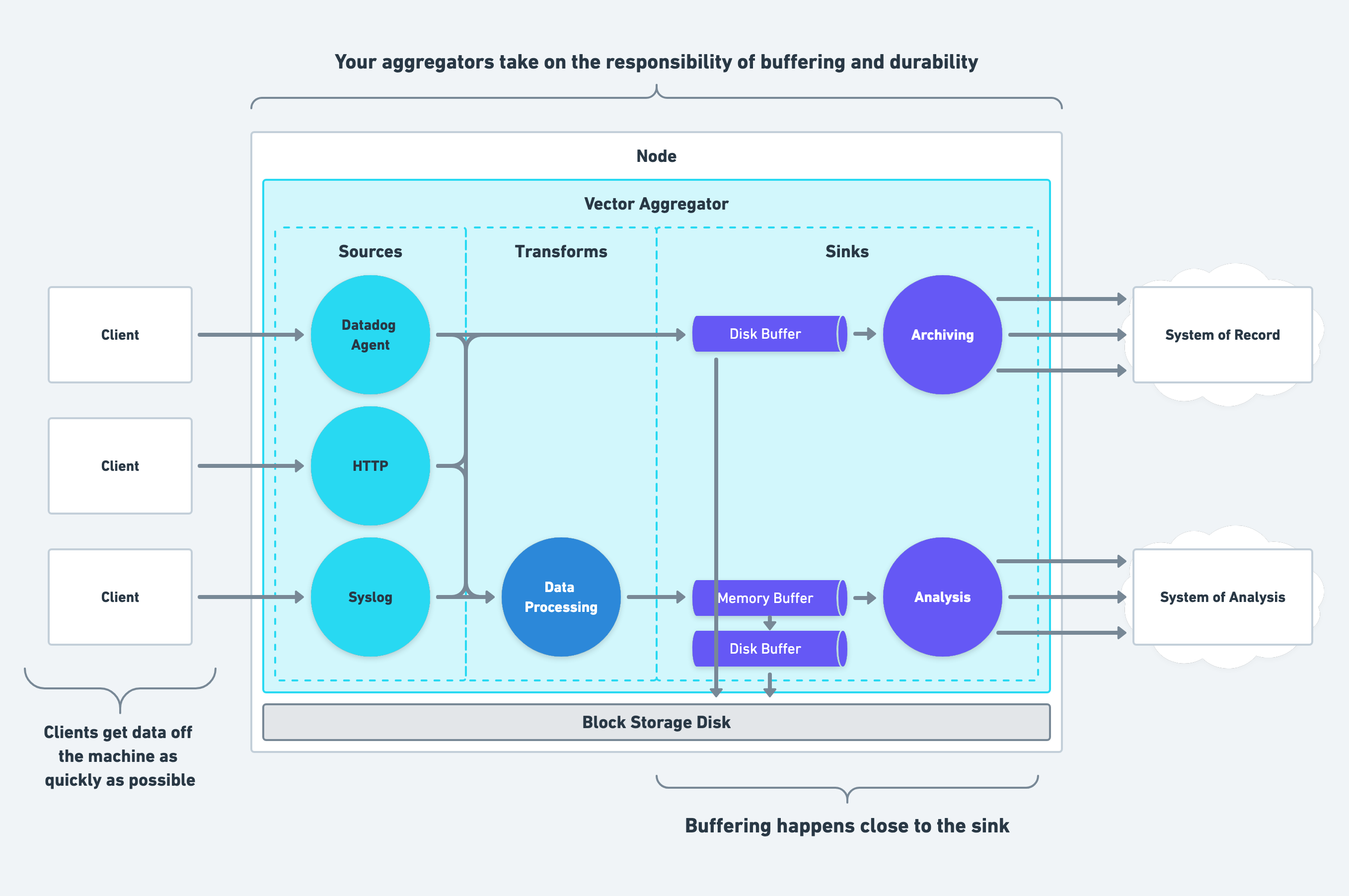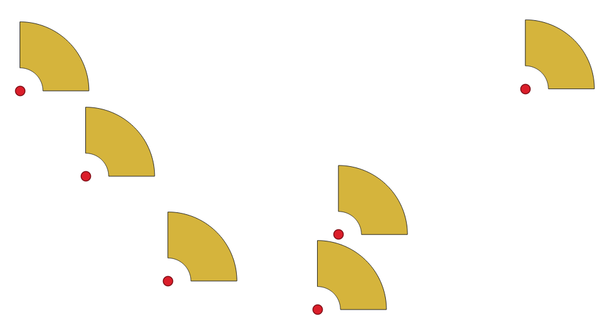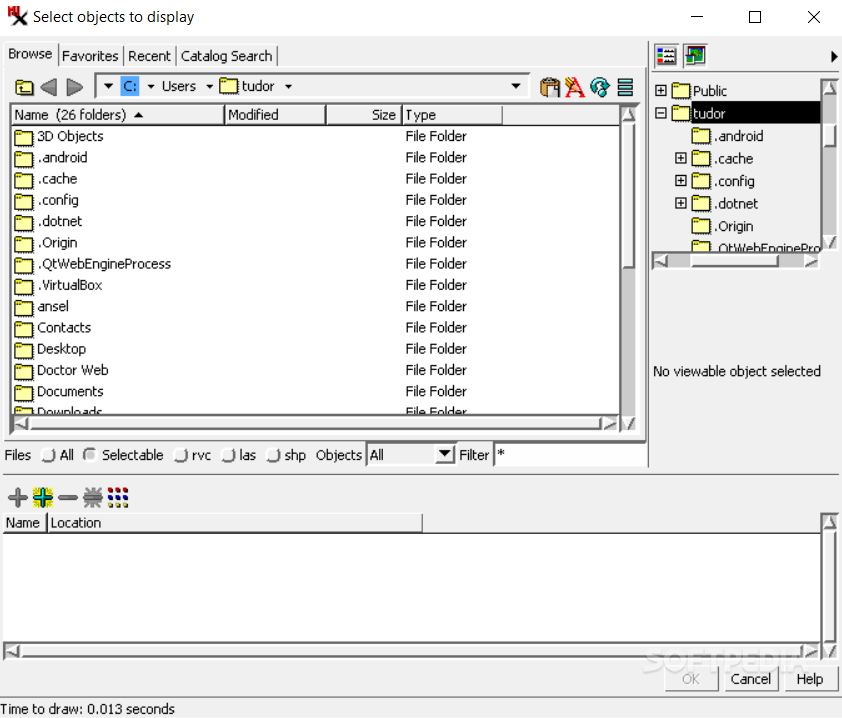

Increasingly these make use of non-commercial wide-ranging spatial analysis software libraries, such as the R-Spatial project (in “R”) PySal (in “ Python”) and Splancs (in “S”). For the first group and for consultants, especially in commercial environments, the imperatives of financial considerations, timeliness and corporate policy loom large, directing attention to: delivery of solutions within well-defined time and cost parameters working within commercial constraints on the cost and availability of software, datasets and staffing ensuring that solutions are fit for purpose/meet client and end-user expectations and agreed standards and in some cases, meeting “political” expectations.įor the second group of users it is common to make use of a variety of tools, data and programming facilities developed in the academic sphere. GIS consultants, researchers and academics on the other hand are continually exploring and developing analytical techniques. Even for those whose job focuses on analysis the range of techniques employed tends to be quite narrow and application specific. We have adopted a similar position with respect to other forms of data capture, such as field and geodetic survey systems and data cleansing software - although these incorporate analytical tools, their primary function remains the recording and georeferencing of datasets, rather than the analysis of such datasets once stored.įor most GIS professionals, spatial analysis and associated modeling is an infrequent activity. In this Guide we do not provide a separate chapter on image processing, despite its considerable importance in GIS, focusing instead on those areas where image processing tools and concepts are applied for spatial analysis (e.g. Whatever their origins, a central purpose of such tools has been the capture, manipulation and interpretation of image data, rather than spatial analysis per se, although the latter inevitably follows from the former. Manifold), or simply be toolsets for image processing that may be combined with mapping tools (e.g. Alternatively, image handling may have been deliberately included within the original design parameters for a generic GIS package (e.g. Clark Lab’s Idrisi software MicroImage’s TNTMips product set the ERDAS suite of products and ENVI with associated packages such as RiverTools. They may have been designed originally for the processing of remote sensed data from satellite and aerial surveys, but many have developed into much more sophisticated and complete GIS tools, e.g. For this reason, and in order to draw a boundary around the present work, reference to application-specific GIS will be limited.Ī number of GIS packages and related toolsets have particularly strong facilities for processing and analyzing binary, grayscale and color images.

In other instances a specialized package may utilize a GIS engine for the display and in some cases processing of spatial data (directly, or indirectly through interfacing or file input/output mechanisms). Many of the capabilities may be found in generic GIS products. In many cases such systems fulfill specific operational needs, solving a well-defined subset of spatial problems and providing mapped output as an incidental but essential part of their operation.

The list of software functions and applications is long and in some instances suppliers would not describe their offerings as a GIS.


 0 kommentar(er)
0 kommentar(er)
